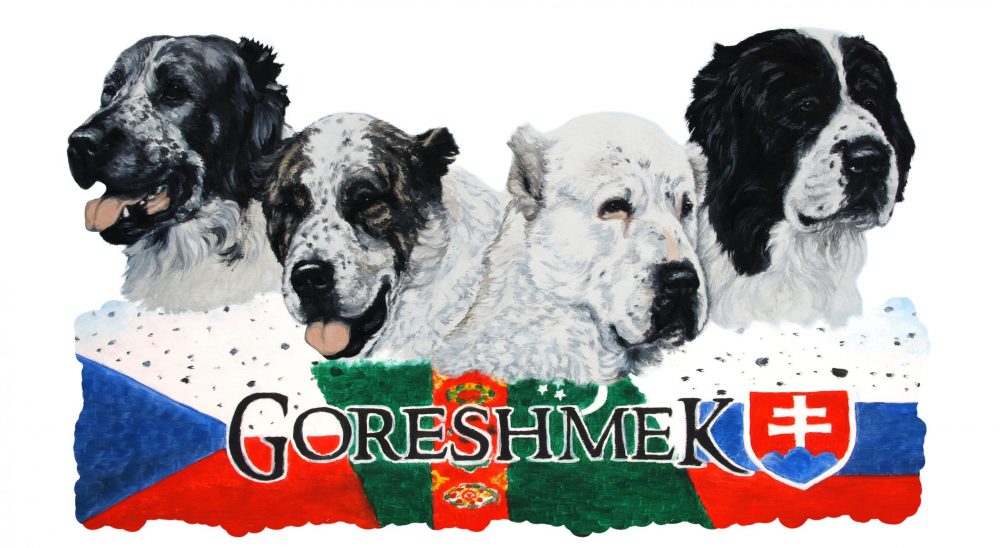And therefore they could hone their kinds from the consolidating what getting for every single lover or partner
The fresh new rates cohabiting certainly feminine twenty-five–29 currently in just about any union in 2010 is additionally provided by IBGE, however the most individual-height covariates. Hence, the new mathematical patterns are merely created with the seasons 2000 on this point. This new 2000 shot put here contains merely more than 4.six mil feminine twenty-five–30 already from inside the an effective relationship, that’s throughout the 6 % of your overall into the Brazil.
Brand new analytical method is that contextual logistic regression. An incredibly comparable approach was used by the Covre-Sussai and you will Matthijs (2010), by using the big Brazilian claims given that spatial gadgets rather than the micro-countries made use of right here (come across Chart 8.1). Other major distinctions than the present investigation is the fact these writers utilized a sample from people of various age groups, that have individual qualities getting designed for both men and women. And additionally they enjoys income and training just like the independent symptoms. And provided the far wider age range nonetheless they had a need to through the number of children together with delivery cohort of males extending dating back the newest 1920s.
Our very own dataset includes individuals (feminine twenty-five–29 in the relationship) nested inside meso-nations
We model the probability of partnered women to be in a cohabiting union (as opposed to being married). We include explanatory variables at the individual level (e.g. education, race, religion) and at the meso-regional level (e.g. % Catholics, % whites). To this end, multilevel models recognize the hierarchical structure and are able to exploit hierarchically arranged data to differentiate the contextual effects from background effects for individuals. In particular, we use a two-level random intercept logistic regression model. Level 1 is the individual (i) and level 2 is the meso-region (j). In this model the intercept consists of two terms: a fixed component, ? 0, and a random effect at level j (meso-region) ? 0j . The model assumes that departures from the overall mean (? 0j ) are normally distributed with mean zero and variance of ? 2 u0 . Therefore, meso-regions are not introduced into the models using fixed effects (i.e. including dummy variables for each of the 136 meso-regions in Brazil). Instead, we use the ? 2 u0 parameter to measure the variance across meso-regions. In the models that follow we use this variance as an indicator of the degree to which the introduction of individual-level variables as controls is capable of reducing the differences between the meso-regions. Normally, this variance should shrink as more and better theluckydate mobile individual-level predictors are introduced. If this is not so, then substantial spatial differences are persisting independently of the individual-level controls.
When you look at the Dining table 8.3 the outcome are supplied in the way of potential percentages (OR) regarding cohabiting according to a guide category (property value unity) of the individual-peak determinants. Design step 1 is the “empty” design, nevertheless prices this new variance between de- meso-regions when there are zero control toward private-height covariates. I start off with starting religion right after which include competition, and you may then training and you can migrant position of one’s some one. As can get noticed, the odds ratios are extremely stable, and all sorts of about questioned directionpared to Catholics, chances away from cohabiting is much reduced certainly married Protestants and you will Evangelicals (Otherwise = 0.43 and 0.44 for the design 5). By contrast, the odds are large among “Others” (as well as Spiritists and you may Afro-brazilians (step one.12), and much high one of individuals versus religion otherwise of another faith (step one.92))pared so you’re able to hitched whites, indigenous and you can black colored women can be around doubly planning cohabit (2.14 and you can step 1.98). This new Pardo women are that have dangers that will be more modest (Otherwise = step one.47), or other races wind up as brand new whites (step one.19). Needless to say, the training gradient was high, which have down educated married women being four times likely to cohabit than married women with a great school training (Or = 4.02). Hitched feminine 25–30 with additional degree also are very likely to cohabit opposed to the people that have a good tertiary knowledge (1.72). Ultimately, sure-enough, household an additional county increases the potential ratio, but only meagerly therefore (Otherwise = 1.27).
